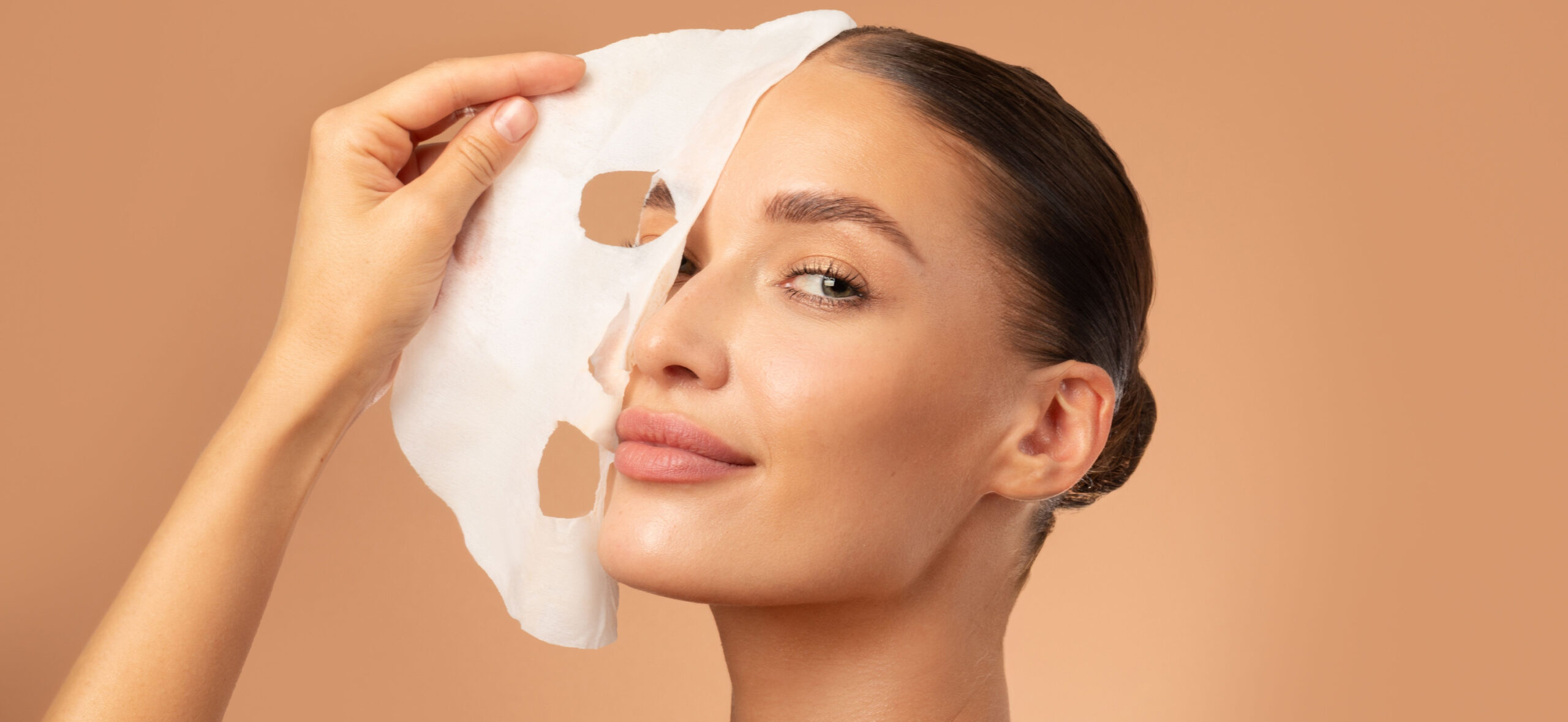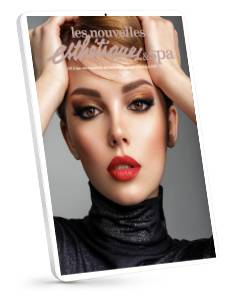
By Samantha Garcia
Chemical peels remain one of the most transformative tools in our esthetic arsenal. They can resurface texture, lighten stubborn pigmentation, clear acne, and soften fine lines all while helping clients see results that keep them coming back season after season. But with their popularity comes a fair share of misinformation, both among clients and even within our industry.
As estheticians, our role is not only to deliver safe, effective treatments but also to confidently educate clients, correct misconceptions, and position ourselves as trusted experts. Today, let’s tackle three of the biggest myths surrounding peels and peel season and what we, as professionals, need to remember when we’re offering these treatments.
Myth #1: “All Peels Cause Visible Peeling”
How many times have you had a client sit down and say, “I want to look like I’m shedding—otherwise it’s not working”? The truth is, visible flaking or sheets of peeling skin are not the measure of efficacy.
Peels are designed to stimulate cellular turnover and exfoliation, but not every formula will result in dramatic visible peeling. Superficial peels, like lactic or mandelic acid blends, often work at a more subtle level. Clients may experience a little dryness or mild flaking, but the true results are happening beneath the surface—newer, fresher cells are being revealed, collagen synthesis is encouraged, and skin function is being optimized.
It’s important to educate clients that peeling is a side effect, not the goal. A no-peel peel can be just as powerful (and sometimes more appropriate) than one that produces sheets of shedding. When we shift the focus from “how much will I peel?” to “what long-term changes are we supporting in your skin?” we set clients up with realistic expectations and ensure they don’t equate downtime with results.
Myth #2: “Sensitive Skin Can’t Tolerate Peels”
This is one of the most harmful myths because it discourages both estheticians and clients from exploring options that could actually improve skin health. Sensitive or barrier-impaired skin requires thoughtful, gentle care but it doesn’t automatically mean chemical peels are off the table.
The key is choosing the right acid, strength, and protocol. Mandelic acid, for example, is an excellent option for sensitive clients due to its larger molecular structure, which penetrates more slowly and evenly. Lactic acid is another gentle hero, hydrating while it exfoliates. Enzyme-based peels can also deliver beautiful results without overwhelming reactive skin.
As estheticians, we have the training to evaluate whether a client is a candidate and how to properly prep their skin. Pre-conditioning with soothing home care, ensuring barrier support, and using progressive—not aggressive—approaches can make peels safe even for sensitive types. In fact, when done correctly, peels can strengthen the skin over time, helping to reduce sensitivity by improving barrier function and cellular communication.
Myth #3: “Stronger Is Always Better”
There’s still a pervasive belief that the deeper the peel, the better the results. While medium and deep peels certainly have their place, stronger is not always synonymous with smarter.
Aggressive peels carry higher risks: post-inflammatory hyperpigmentation, compromised barriers, prolonged downtime, and even scarring if misused. For many clients, especially those with darker Fitzpatrick types, sensitive skin, or lifestyle factors that don’t allow for heavy downtime, progressive superficial peels are not only safer but often more effective long-term.
Think of it this way: a series of gentle, consistent treatments builds results without shocking the skin. It’s like going to the gym—you wouldn’t try to achieve your fitness goals in one intense session. Instead, you see progress over time with repetition, recovery, and smart planning. Peels work the same way.
Our role is to guide clients away from the “more is more” mentality and into a “progressive equals powerful” mindset. This not only ensures safety but also creates a structured treatment plan that keeps clients committed and returning for future services.
Stepping Into Confidence as a Peel Expert
Debunking these myths isn’t just about educating clients—it’s also about reminding ourselves as estheticians to trust our training, judgment, and expertise.
- Shift the narrative: Don’t let clients define success by peeling sheets of skin. Instead, highlight results like brighter tone, smoother texture, and long-term improvements.
- Embrace inclusivity: Sensitive clients and clients of color can absolutely benefit from peels—when we tailor treatments thoughtfully, we expand our reach and build trust.
- Value consistency over intensity: Remind clients that skin health is a journey, not a one-time fix. Positioning peels as part of a series or seasonal regimen sets them up for sustainable success.
When we address these misconceptions with clarity and confidence, we elevate our professionalism and reinforce that peels are not a one-size-fits-all treatment—they’re customizable, versatile, and safe in skilled hands.
As peel season arrives and your treatment menu fills with clients ready for transformation, remember that your confidence as a provider is just as important as the peel itself. By busting these myths, you’ll not only set realistic expectations and improve client satisfaction, but you’ll also strengthen your reputation as an esthetician who leads with knowledge, safety, and results.












